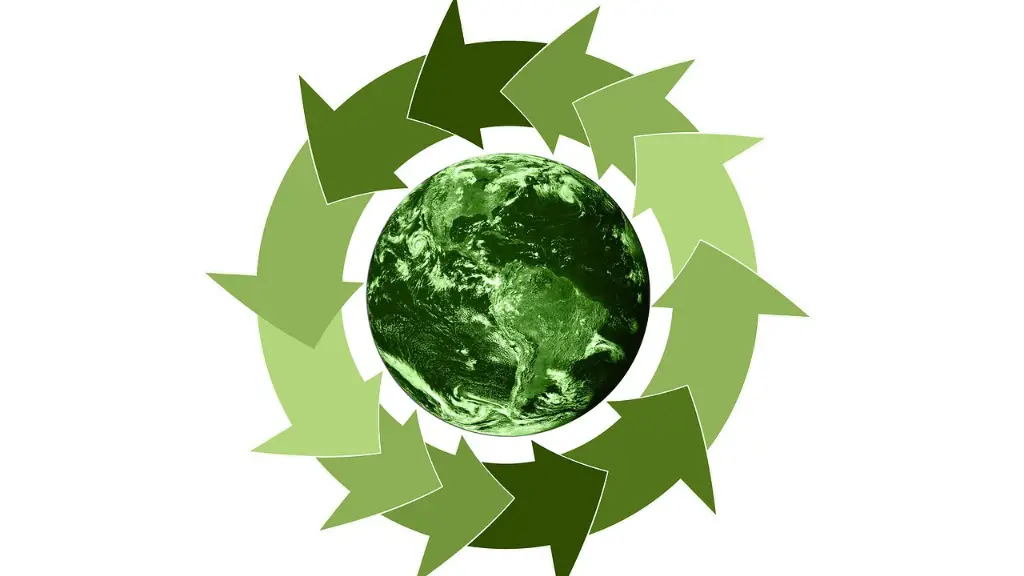It is widely accepted that global warming is one of the greatest challenges facing our planet. But what year did this phenomenon start? Global warming is a complex issue and its origins have been the subject of scientific debate in recent years. To accurately answer this question, it is essential to first shed light on the various contributing factors that are responsible for the rise in global average surface temperature.
The first significant recorded rise in temperature was observed in the late 19th century, beginning in 1880. Burning fossil fuels and industrialization went hand-in-hand during this period, which resulted in higher levels of greenhouse gasses. This led to an increase in average global temperature, which has steadily been on the rise ever since. The production of carbon dioxide also increased in this period, which when mixed with other gases such as methane, nitrogen dioxide, and chlorofluorocarbons, formed a blanket-like layer in the atmosphere, trapping more of the sun’s heat.
However, some experts argue that global warming began earlier than 1880, as the Little Ice Age (LIA) came to an end in the 16th century. The LIA is widely regarded as the period between the 15th and 19th centuries when large parts of Europe, Asia, and North America experienced unusually cold weather. It is believed that this was brought about by volcanic explosions, decreased solar activity and variations in ocean circulation. By the 18th century, temperatures increased significantly, resulting in the LIA coming to an end, and is argued by some experts to have been the starting point of global warming.
Apart from the effects of human activity, natural factors have also been instrumental in raising global temperatures. In particular, the sun is of considerable significance in determining the temperature of the planet. An increase in the sun’s activity has also been identified as one of the main reasons for a rise in global temperature, with some experts attributing the end of the LIA to this factor. However, there is evidence to suggest that solar activity has decreased in recent decades, suggesting that it is not the major factor in global warming.
Yet another key contributor is the El Niño-Southern Oscillation Cycle, the warm phase of which moves an immense amounts of warm water from the western Pacific to the east. Contributing to an overall rise on the Earth’s average surface temperature by 0.1-0.2°C, this warm flow of air and water is responsible for the inter-annual variability in global temperature.
In conclusion, answering the question ‘What year did global warming start’ is by no means a straightforward answer and depends on the factors that are taken into consideration. Although the late 19th century is typically considered the beginning of global warming, natural factors, such as the El Niño-Southern Oscillation Cycle, the Little Ice Age and solar activity, have also played a significant role in influencing planetary temperatures. Understanding the various contributing factors is paramount in tackling the issue of global warming and the sustained development of a viable solution.

